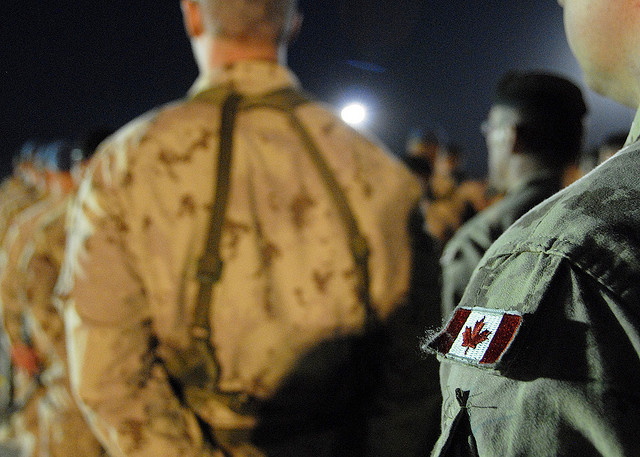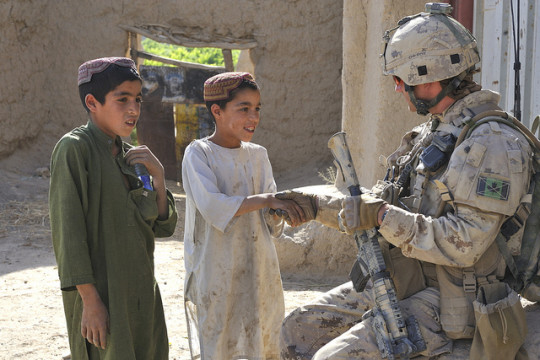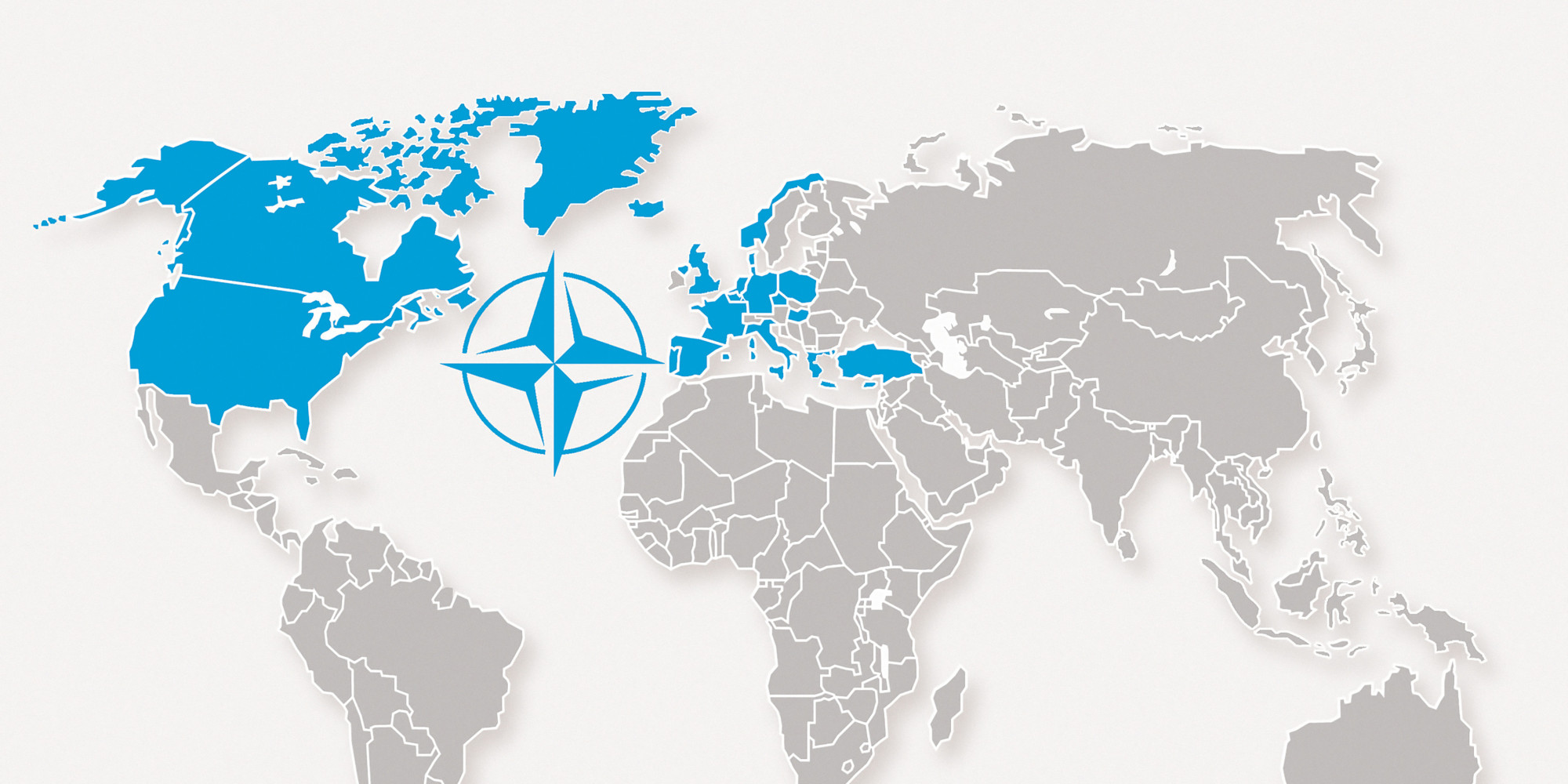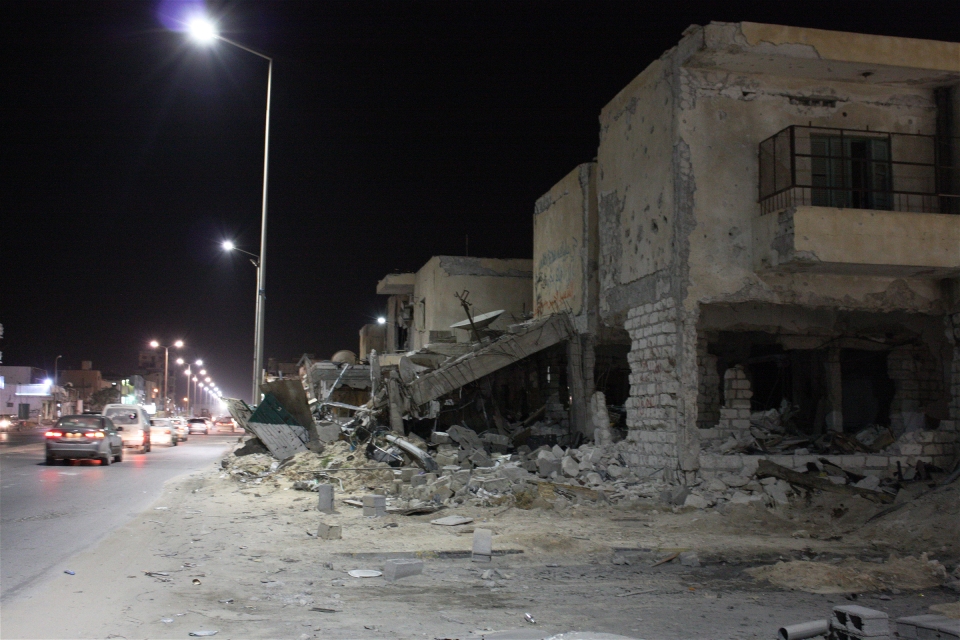In the annus horribilis of December 2001, 40 elite operators from Joint Task Force 2 (JTF2) arrived in Afghanistan under Operation Apollo, along with 3rd Princess Patricia’s Canadian Light Infantry (3PPCLI).
These service personnel, drawn from Canada’s elite special operations forces, would be the first of 40,000 Canadian Armed Forces (CAF) personnel who would serve for over a decade in Afghanistan. The defeat inflicted on the Islamic Emirate government by these forces would inform the nature of the war in Afghanistan years later as Canada’s role transitioned from regime change, to peacekeeping and rapidly into a failed counter-insurgency campaign in the Taliban’s tribal heartland of Kandahar.
Lessons from the Shah-i-Kot valley
In early 2002, JTF2 and 3PPCLI pursued the retreating Taliban south towards the Pakistan frontier where they joined NATO Special Operations Forces (SOF) and the Afghan Northern Alliance. Aerial surveillance and human intelligence indicated that al Qaeda’s leadership and the remnants of the Islamic Emirate government were retreating into the Pashtun south, centred in the Shah-i-Kot valley.
Thus in March 2002, Operation Anaconda was launched with the intent of delivering a decisive battlefield defeat that would end the Taliban as a military and political force.
US Central Command (USCENTCOM) overseeing the operation, however, underestimated the Taliban’s strength and tenacity to fight. Poor visibility led a helicopter-borne force of US Navy SEALs and members of the US Army’s 75th Ranger regiment to land directly onto Taliban occupied mountains. There they were exposed to heavy fire by a force of 500 Islamic Emirate foreign fighters, the majority of whom were veterans from Chechnya, Uzbekistan and Kashmir.
With two CH-47 Chinook helicopters downed, sniper teams from JFT2 and 3PPCLI along with their British, Norwegian and US counterparts came to the Rangers’ aid, eliminating individual Taliban positions while forward air controllers called in rolling barrages by US Air Force B-52 bombers and AC-130 Spectre gunships. During the battle, a fire team from 3rd Princess Patricia’s Canadian Light Infantry achieved the longest-range confirmed sniper kill. Combined with air strikes, this eventually broke the back of the Taliban, but at a cost of eight coalition dead and 70 wounded. The surviving Taliban and al Qaeda fighters retreated into Pakistan.

The fighting in the Shah-i-Kot valley was notable, not only as Canada’s first taste of battle with the Taliban, but also as the last time that the Taliban would willingly engage in a set piece battle, in doing so, they had exposed themselves to the full weight of coalition air power and NATO Special Operations Forces and suffered heavy casualties.
Operation Anaconda and the combat in the Shah-i-Kot valley marked the end of the Islamic Emirate as a conventional military foe. In the years ahead, methods such as Improvised Explosive Devices (IEDs), assassinations and achieving control of population centres were increasingly prevalent in Afghanistan. Senior Taliban commanders who survived the initial 2001 invasion were known to be present in the Shah-i-Kot valley. These experiences informed the insurgency’s approach against Canada’s Task Force Kandahar attached to the International Security Assistance Force (ISAF). ISAF, which under the 2001 Bonn agreement was deployed as a NATO peacekeeping and reconstruction force, rapidly found itself drawn into counter-insurgency warfare as a result.
ISAF deploys to Kandahar
In 2005, Task Force Kandahar consisting of 2,300 CAF personnel was deployed to Kandahar province under Operation Archer. Their mission, according to the Canadian government’s 2006 operational plan, was to stabilize the province’s security situation, aid in the creation of Afghan governmental institutions, and support the NATO Provincial Reconstruction Team in theatre.
Concurrent with this move, the Taliban who had sought shelter in the Federally Administered Tribal Areas (FATA) of North East Pakistan began infiltrating into Kandahar, using the Pashtun population of southern Afghanistan as cover.
Stabilizing Kandahar province, however, represented a far greater exercise in nation-building than any prior Canadian missions. The province alone is 54,000 square kilometres and has a polyglot population of over a million Pashtuns, Uzbeks and Tajiks in a thousand villages.
The ambitious role Canada undertook operated under the assumption that the Taliban were a routed force. Thus, Ottawa approached Afghanistan as a peace enforcement mission whose principal role was post-conflict reconstruction as undertaken in the Balkans and in Timor. Of the 2,300 troops initially sent as part of Task Force Kandahar, only 800 were combat troops, with the majority being engineers and support staff. Thus Canadian forces were vastly outnumbered and largely unprepared to undertake a counterinsurgency role against the Taliban operating in its tribal homeland.
Waging counterinsurgency warfare in Kandahar province
COIN relies on the principle that 90% of the undertaking is non-combatant role. It is specifically social, economic and political, with the ultimate goal of separating the insurgents from their principal support base, the population. Accordingly, COIN is a frustrating model of contemporary warfare with no clear uniformed enemy and no clear-cut victory.
In the period of 2006 to 2009, Task Force Kandahar, not unlike its British counter-parts in the sister province of Helmand, was fighting to hold what little ground it influenced and was unable to interact with the Pashtun population. The Taliban’s reliance on asymmetric warfare by utilizing IEDs and suicide bombings, forced Task Force Kandahar to adopt a defensive force posture. The result was to isolate its members from the Pashtun population who were key to the success of the counterinsurgency.
When Task Force Kandahar launched counter-offensives it lacked the numbers to engage effectively with the Pashtun population as a strategic resource. In offensives like Operation Medusa in 2006, the Royal Canadian Regiment as part of ISAF achieved tactical successes in removing local Taliban presence, in Medusa’s case killing over 500 insurgents; however, Task Force Canada failed to build upon this momentum.
Counterinsurgency warfare requires the security forces to be of sufficient number to operate within the civilian population in order to separate them from the insurgency. This was a role the 2,300 men and women of Task Force Kandahar could never hope to fulfil with the resources at hand.
This fact combined with the disparate nature of Kandahar’s civilian topography meant, once Task Force Kandahar withdrew the Taliban would return, menacing the population at night and retaining the strategic initiative through a monopoly of fear. To illustrate its preparedness of the Taliban to wait out ISAF, a Taliban captive is reported to have told his interrogators “you have the watches, but we have time”.
It was not until 2009 and the arrival of Generals David Petraeus and Stanley McCrystal to positions of power that a cohesive, ISAF-wide counterinsurgency doctrine began to be implemented as policy in Afghanistan. This was two years after such policies had been implemented in Iraq. This coincided with the arrival of 30,000 US Marines to aid the besieged Canadian and British forces in southern Afghanistan.
Under McCyrstal, ISAF sought to combine economic development and institution building with a security role that recognised the importance of the Pashtun population. This so-called “government in a box” strategy was employed in battles near Marjah in 2010. In the near term, the 30,000 US Marines alleviated the positions of the British and Canadian forces but in the longer term it remains to be seen how successful the McCrystal/Petraeus surge was in building longer term government institutions in Afghanistan’s south.
For Canada, the lack of planning for an insurgency after the 2001 invasion is readily apparent by the force numbers committed to Kandahar. The belief that operations in southern Afghanistan would in any way resemble peacekeeping operations in the Balkans represented naiveté in government and policy circles. Finally the belief that 2,300 Canadian troops could fight an insurgency in a province of 1 million Afghans was asking the impossible.





